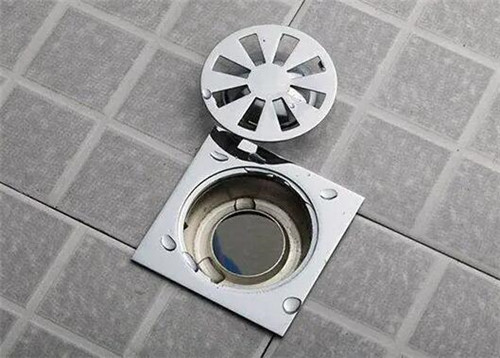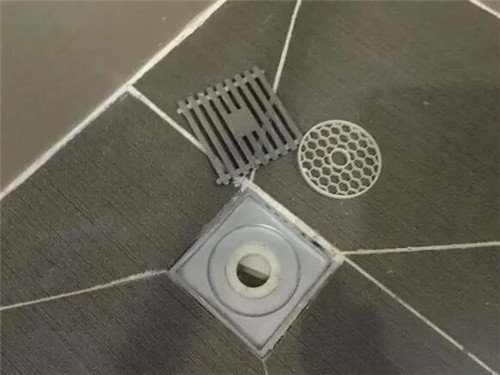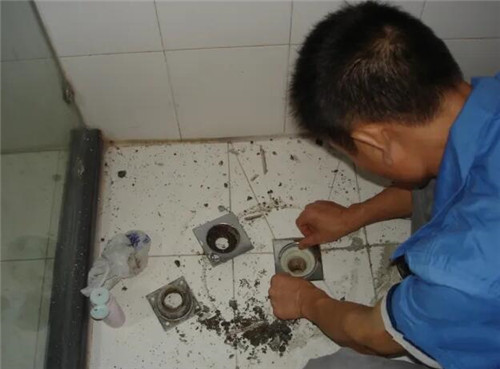
Home / Blog Center / Chargers / Do You Need to Break Tiles to Replace a Floor Drain?
Do You Need to Break Tiles to Replace a Floor Drain?
04/03/2025 | Hawkrown
Speaking of floor drains, everyone is quite familiar with them, as they are indispensable construction materials in our homes. However, after prolonged use, floor drains may become outdated and need to be replaced. So, does replacing a floor drain require breaking tiles? What types of floor drains are there? Let's explore these two questions together!
Do you need to break tiles to replace a floor drain?
No, you don’t need to break tiles. You can simply pry up the old floor drain using a regular flathead screwdriver. Then, use a rag to plug the drainage pipe to prevent debris from falling into the pipe and causing clogs. Next, widen and deepen the cement around the floor drain area. Finally, apply cement around the edges of the hole, place the new floor drain in, press it down firmly, and then insert the internal core of the floor drain to use it normally.

What types of floor drains are there?
1. Shallow water seal floor drain
Shallow water seal floor drains utilize water; the lower part of the drain has water that creates a barrier, achieving the purpose of preventing mosquitoes and eliminating odors. However, over time, the bottom may accumulate various impurities. If not cleaned in a timely manner, it can lead to slow drainage and fail to prevent smells and insects.
2. Flap floor drain
Flap floor drains have a spring in the middle, which is controlled by pressing the spring to open and close the flap. However, with only one spring, it can easily develop issues over time, making it somewhat impractical for busy individuals.

3. Deep water seal floor drain
Deep water seal floor drains operate similarly to shallow water seal ones, with the key difference being that the water seal is raised by 7-8 cm, enhancing effectiveness in preventing insects and odors. However, this type of floor drain generally drains more slowly, and over time, it tends to accumulate a lot of viscous substances, making cleaning more difficult. Additionally, those who want to install this type of floor drain must first confirm the height of the drainage pipe.

4. T-shaped floor drain
T-shaped floor drains change the opening and closing state of the flap by bearing the weight of the water, effectively preventing odors and insects while also providing good filtering. Moreover, they drain quickly. However, over time, the spring can lose its elasticity, necessitating regular replacement of the internal core.

In summary:the above information introduces whether breaking tiles is necessary for replacing floor drains and the various types of floor drains available. We hope this information is helpful to those in need. If you would like to learn more related knowledge in the future, please feel free to follow our website for updates.


